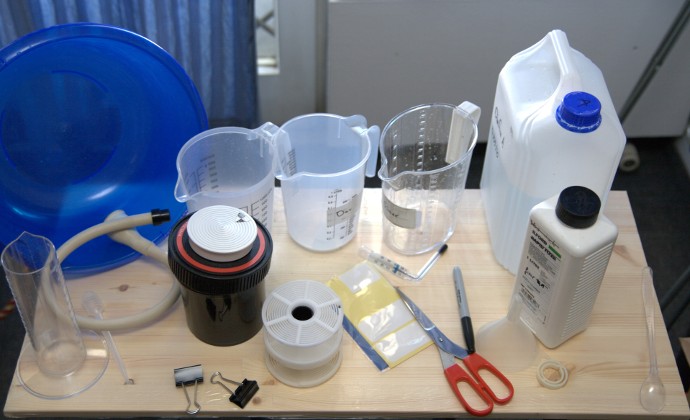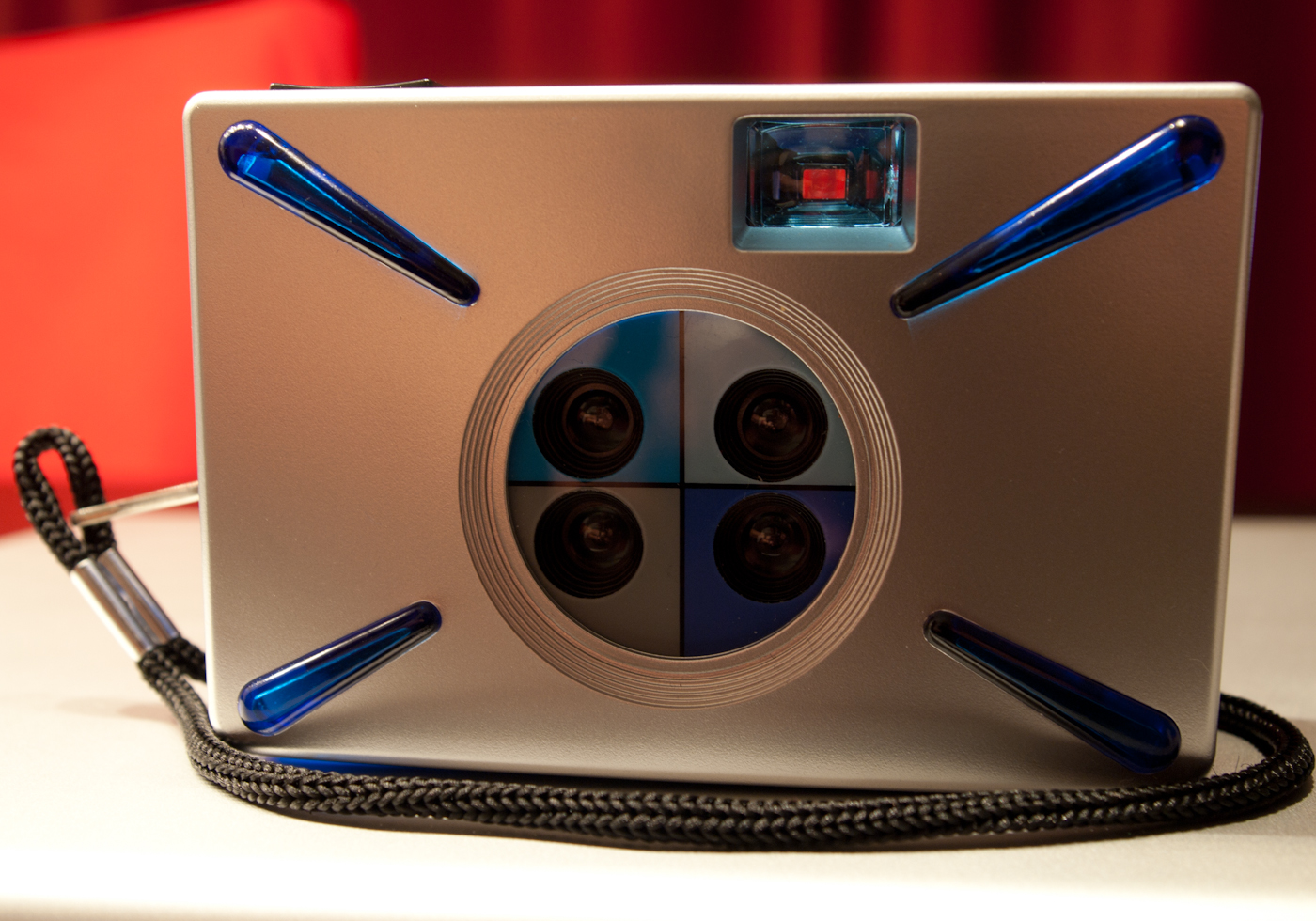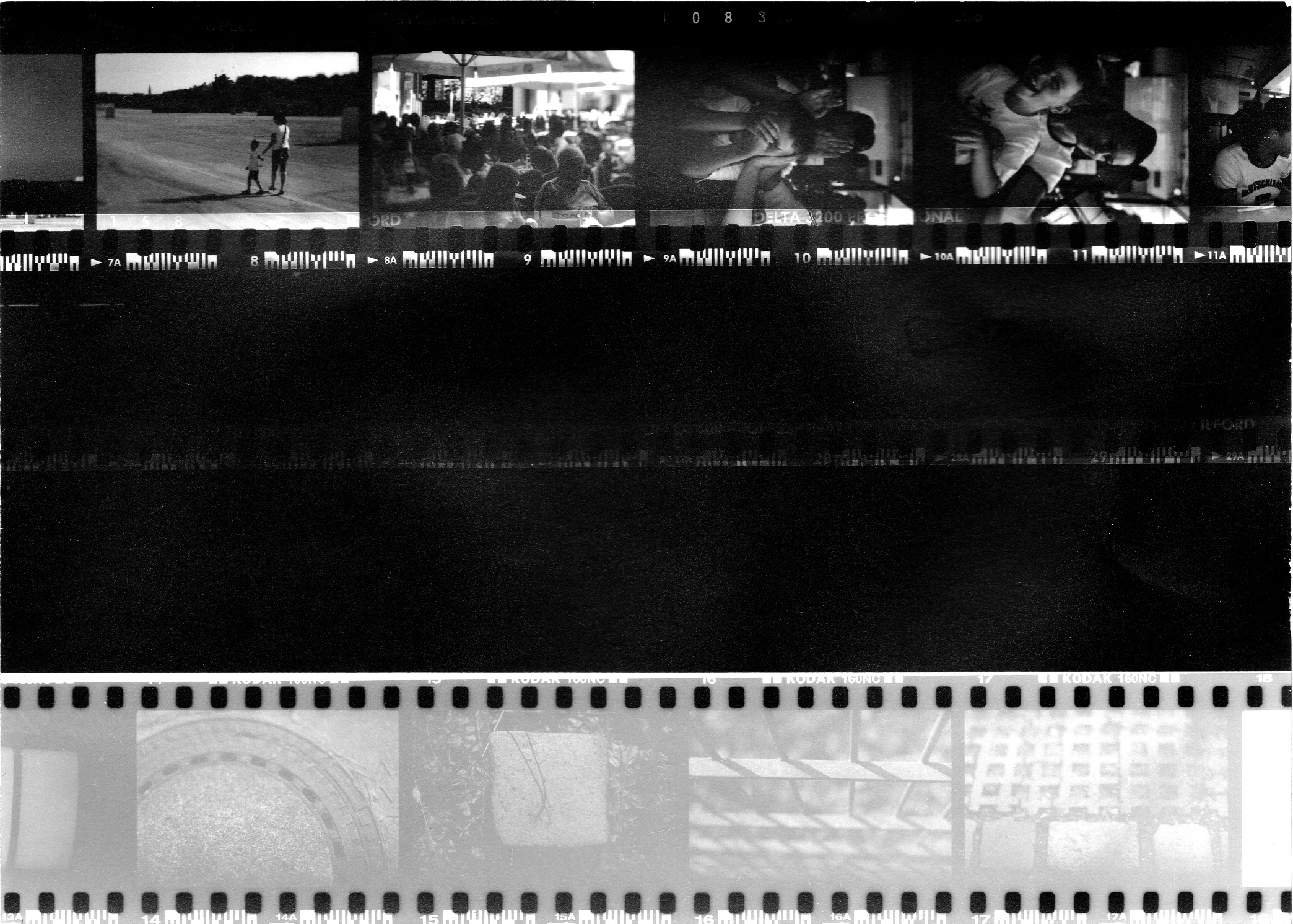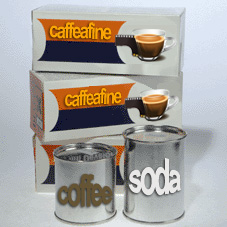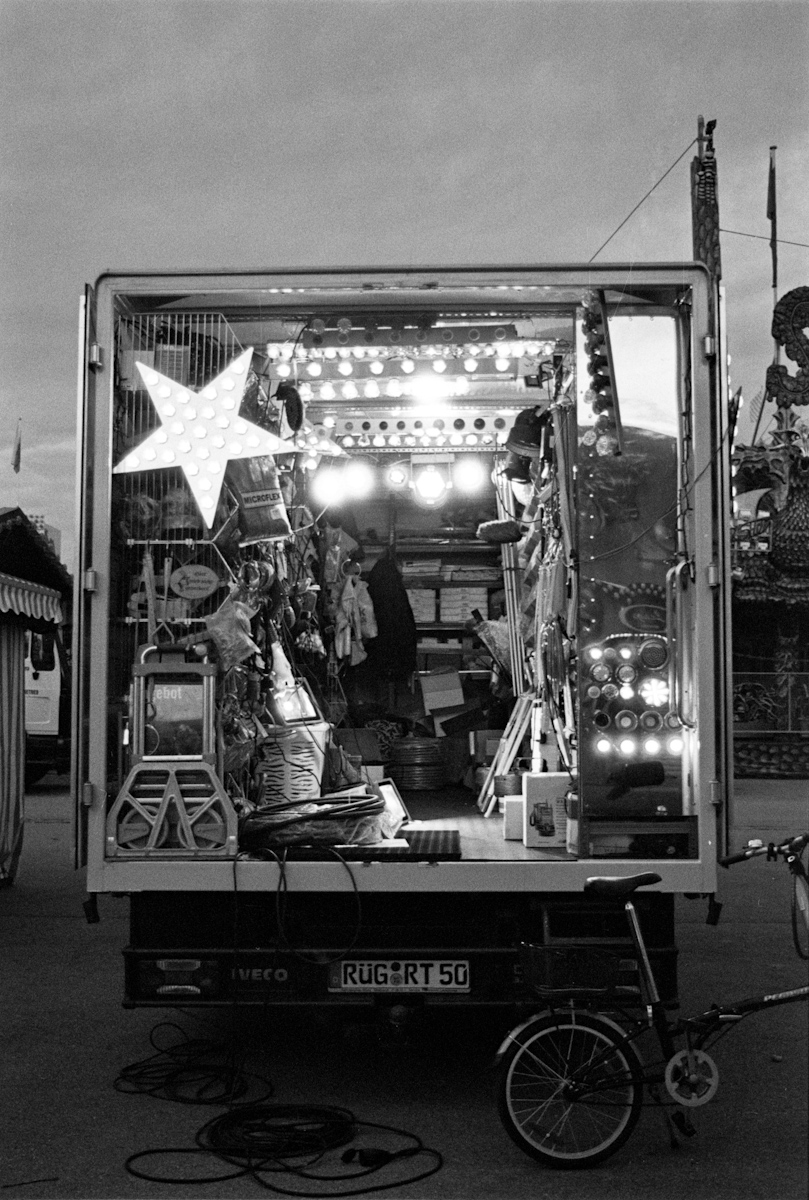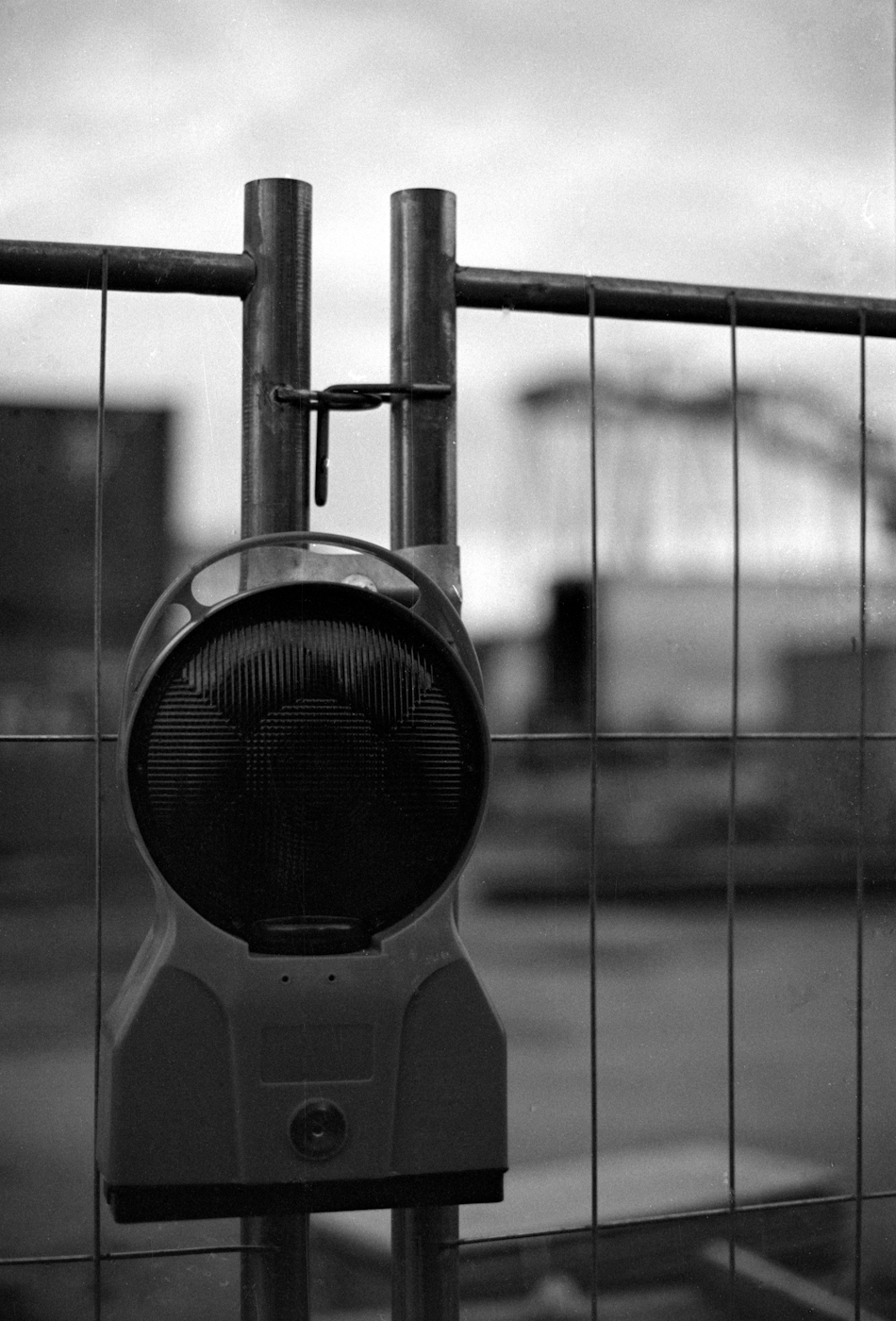A friend of mine recently told me about Diafine, a quite famous dual solution developer that is said to push mid tones by 1 stop. Diafine is a compensating developer, meaning you put in Solution A, let the film rest for 4 minutes with maybe 1 slow agitation per minute, pour out Solution A (both solutions can be reused) and then put in Solution B and let it develop further 4 minutes with agitation that is specific to the used film.
I was amazed about the tonality that the developer brings, and because I like experimenting, I thought why not try out something like that with Caffenol. Of course I knew that it will most probably not push the mids, and I cannot reuse the Caffenol mix, but it was fun for the experiment.A friend of mine recently told me about Diafine, a quite famous dual solution developer that is said to push mid tones by 1 stop. Diafine is a compensating developer, meaning you put in Solution A, let the film rest for 4 minutes with maybe 1 slow agitation per minute, pour out Solution A (both solutions can be reused) and then put in Solution B and let it develop further 4 minutes with agitation that is specific to the used film.
I was amazed about the tonality that the developer brings, and because I like experimenting, I thought why not try out something like that with Caffenol. Of course I knew that it will most probably not push the mids, and I cannot reuse the Caffenol mix, but it was fun for the experiment.
Like this:
Like Loading...
